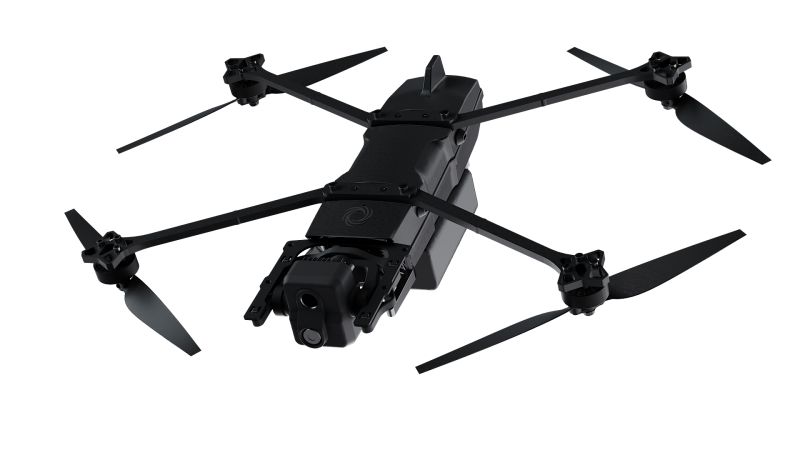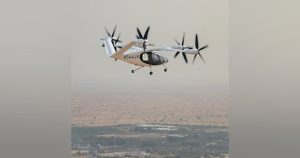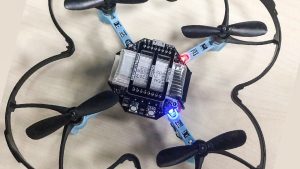Rapid Deployment of Harmattan AI Micro-Drones for Armée de Terre: A Comprehensive Guide
The recent announcement by the Direction Générale de l’Armement (DGA) to expedite the acquisition of 1,000 Harmattan AI micro-drones for the Armée de Terre represents a notable shift in military technology and strategy. This move underscores the increasing significance of drones in modern warfare, especially for swift deployment and tactical operations. This guide aims to elucidate the implications and benefits of this initiative.
Introduction to Harmattan AI and the DGA’s Initiative
Harmattan AI is a French-Swiss startup established in 2024, already making significant strides in the drone sector. These micro-drones, crafted and assembled in France, feature infrared cameras from LYNRED. Weighing 1.8 kilograms, each drone boasts a 2-kilometer range and can operate for up to 40 minutes. This advancement aligns with the “Aerial Defense Drone Pact” within the GICAT ecosystem, focusing on mass production and the synergy between civilian and military uses.
The DGA’s initiative to procure these drones complements a broader strategy aimed at enhancing the Armée de Terre’s capabilities, notably for the Orion 2026 exercise. These drones will serve both combat and training purposes, showcasing their adaptability in tactical and educational settings.
Key Features of Harmattan AI Micro-Drones
- Design and Assembly: Manufactured in France, these drones incorporate high-quality components like LYNRED’s infrared cameras.
- Specifications:
- Weight: 1.8 kilograms.
- Range: 2 kilometers.
- Flight Autonomy: Up to 40 minutes.
- Cameras: Electro-optical with optional infrared cameras.
- Operational Use: Intended primarily for reconnaissance and surveillance, with capabilities in anti-drone and radar technologies.
Benefits of Rapid Deployment
The swift deployment of these drones offers several strategic benefits:
- Enhanced Tactical Capabilities: The ability to deploy drones rapidly across diverse terrains boosts the Armée de Terre’s operational agility.
- Cost-Effectiveness: Streamlined procurement and efficient manufacturing processes minimize costs while maintaining performance standards.
- Training and Preparation: Utilizing these drones in both combat operations and training ensures military personnel are well-prepared for various missions.
Drone Technology in Modern Warfare
The integration of drones in military operations is becoming increasingly widespread due to their multifaceted capabilities:
- Surveillance and Reconnaissance: Providing real-time intelligence, drones enhance battlefield situational awareness.
- Tactical Support: Drones can assist ground forces with real-time video and sensor data.
- Anti-Drone Measures: Some drones are designed to neutralize enemy drone threats, adding an extra layer of defense.
Legal and Regulatory Considerations
The military use of drones is subject to stringent regulation, while civilian applications adhere to specific laws and guidelines:
- Civilian Drone Use: Regulations vary, often necessitating registration and adherence to restricted no-fly areas.
- Military Drone Use: Governed by international treaties and national defense policies, with strict control over deployment and use.
Choosing the Right Drone
For those exploring drone purchases for recreation or professional purposes, consider the following:
- Purpose: Define whether you need a drone for photography, racing, or other activities.
- Features: Evaluate aspects like range, battery life, and camera quality.
- Regulations: Ensure your drone operations comply with local laws and guidelines.
Conclusion
The rapid deployment of Harmattan AI micro-drones for the Armée de Terre showcases the evolving landscape of military technology, underscoring drones’ critical role in enhancing operational efficiency. As drones become integral to both military and civilian spheres, comprehending their features, applications, and legal frameworks is essential for anyone engaged with this technology.













